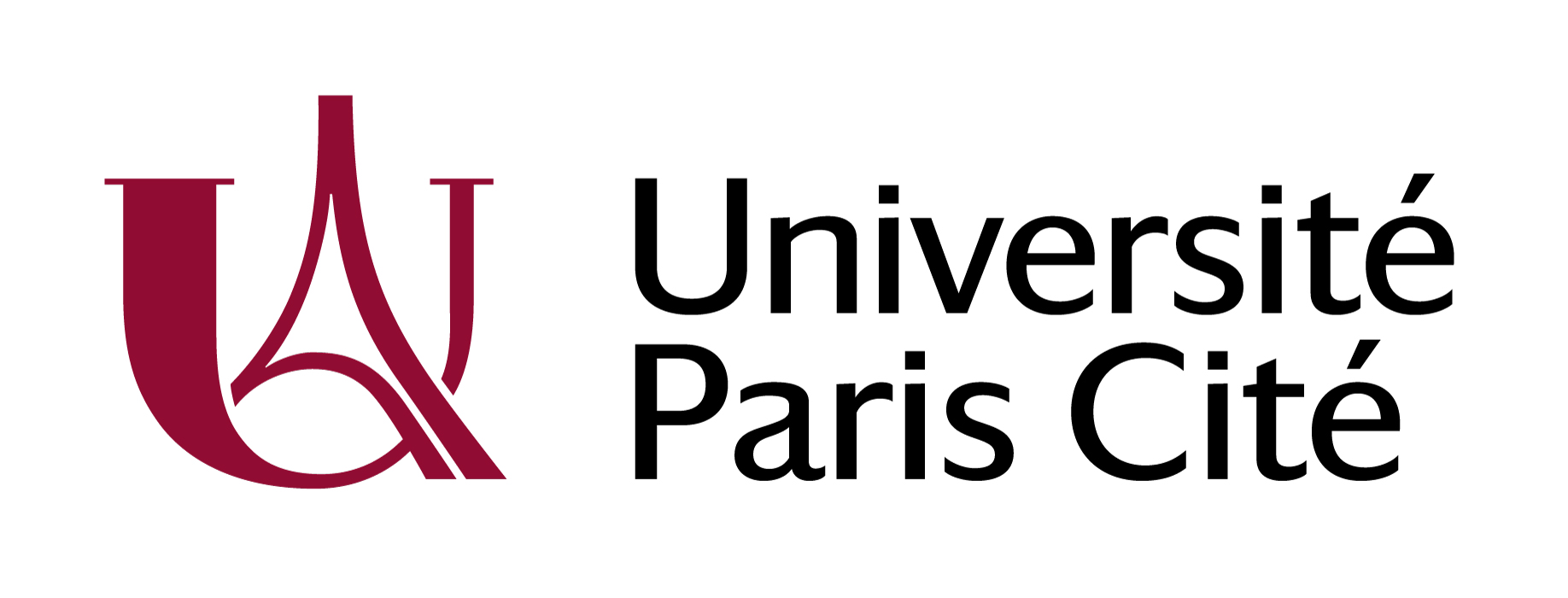Space and language typology: does one shoe fit all?
Résumé
Linguistic systems encode spatial information in strikingly different ways. Talmy (2000) classified languages into two families depending on whether they are verb-framed (e.g. Romance) vs. satellite-framed (e.g. Germanic). However, some languages seem harder to fit into these
two categories, e.g. serial-verb languages have been described as ‘equipollent’ systems (Slobin 2004), other languages as ‘parallel’ systems
. In addition, languages within a given family differ in important respects that may have some implications for typology. The present study examines
descriptions of motion events that were elicited in controlled situations across several languages (English, French, Russian, Chinese, Greek) in order to discuss appropriate typological classification for these languages. Results show that the locus of Path information is only one dimension to be taken into account for a proper typological classification of languages and suggest that the typological status of languages
should be seen as part of a continuum rather than in terms of a dichotomy.
